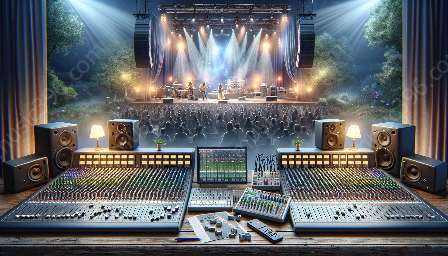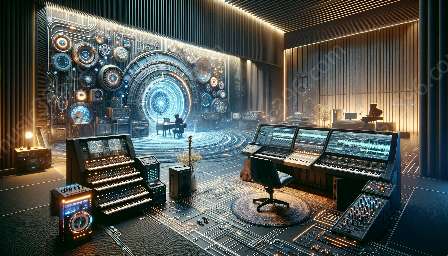Understanding the principles of jitter reduction in digital audio systems is crucial for achieving high-quality audio performance. In this comprehensive guide, we will explore the impact of jitter on both analog and digital audio, as well as its significance in the context of CDs and audio technologies.
Introduction to Jitter
Jitter is a phenomenon that can greatly affect the perceived audio quality in digital audio systems. It refers to the variation in the timing of digital signals, which can lead to audible artifacts and distortion in the reproduced audio. In the realm of digital audio, jitter can manifest as subtle timing errors in the digital stream, resulting in undesirable effects on the analog output.
Impact on Analog vs. Digital Audio
When it comes to analog vs. digital audio, the impact of jitter is particularly significant. In analog audio, the signal is continuous and does not suffer from timing-related issues like jitter. However, in the digital domain, jitter can introduce timing inaccuracies during the conversion process from digital to analog, leading to degradation of the audio signal. This emphasizes the need for effective jitter reduction techniques in digital audio systems, especially when interfacing with analog components.
Jitter Reduction in CD and Audio Systems
CDs, as a popular medium for audio playback, are susceptible to the effects of jitter. Jitter can compromise the accurate retrieval of digital audio data from the disc, resulting in degraded sound quality during playback. To address this, CD players and other audio systems often employ jitter reduction mechanisms to minimize the impact of timing errors and ensure faithful reproduction of the original audio content.
Principles of Jitter Reduction
Various principles and techniques are employed to reduce jitter in digital audio systems, aiming to mitigate its detrimental effects on audio quality. One common approach involves the use of precision clocking mechanisms to provide stable timing references for digital audio signals. Additionally, buffer systems and error correction algorithms can help smooth out timing variations and mitigate the impact of jitter during data transmission and processing.
High-Quality Audio Performance
Reducing jitter is essential for achieving high-quality audio performance in digital audio systems. By minimizing timing inaccuracies and ensuring precise signal transmission, jitter reduction techniques contribute to the faithful reproduction of audio without introducing unwanted artifacts or distortion. This is especially crucial in professional audio environments and critical listening applications where audio quality is paramount.
Conclusion
In conclusion, understanding the principles of jitter reduction in digital audio systems is essential for maintaining high-quality audio performance. Whether in the context of analog vs. digital audio or the intricacies of CD and audio technologies, the impact of jitter cannot be overlooked. By implementing effective jitter reduction techniques, audio systems can deliver pristine sound reproduction, enriching the listening experience for enthusiasts and professionals alike.






























